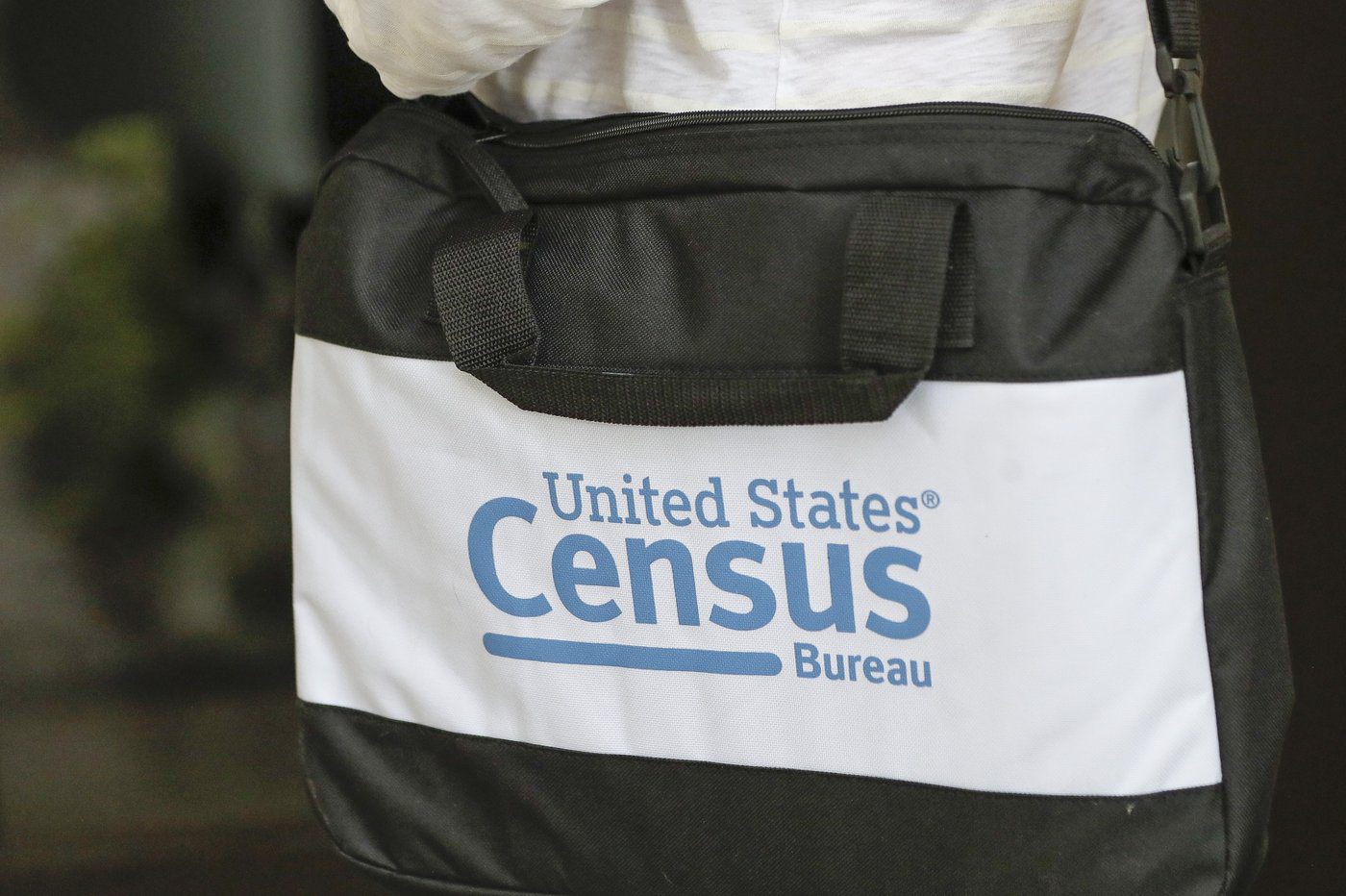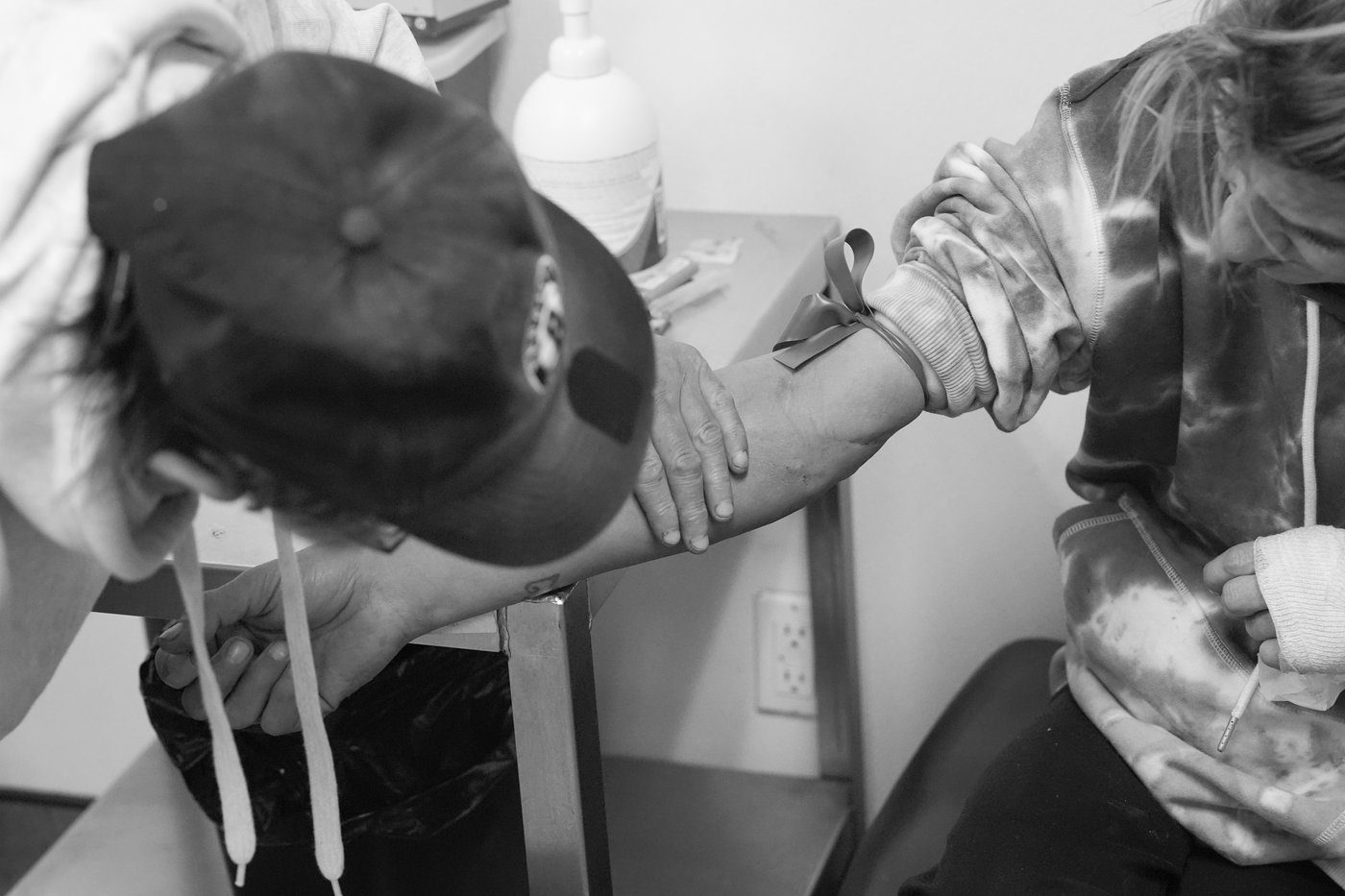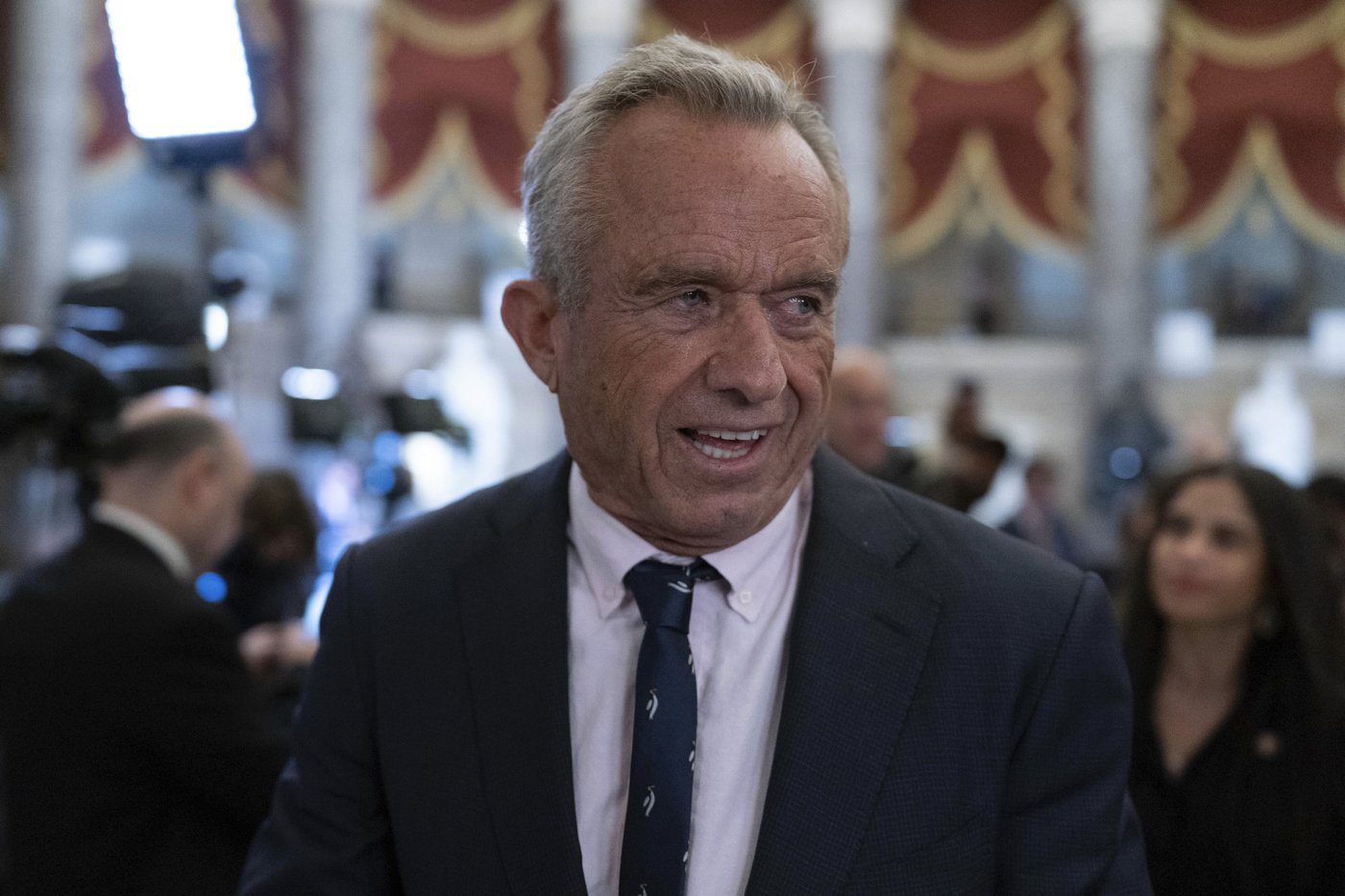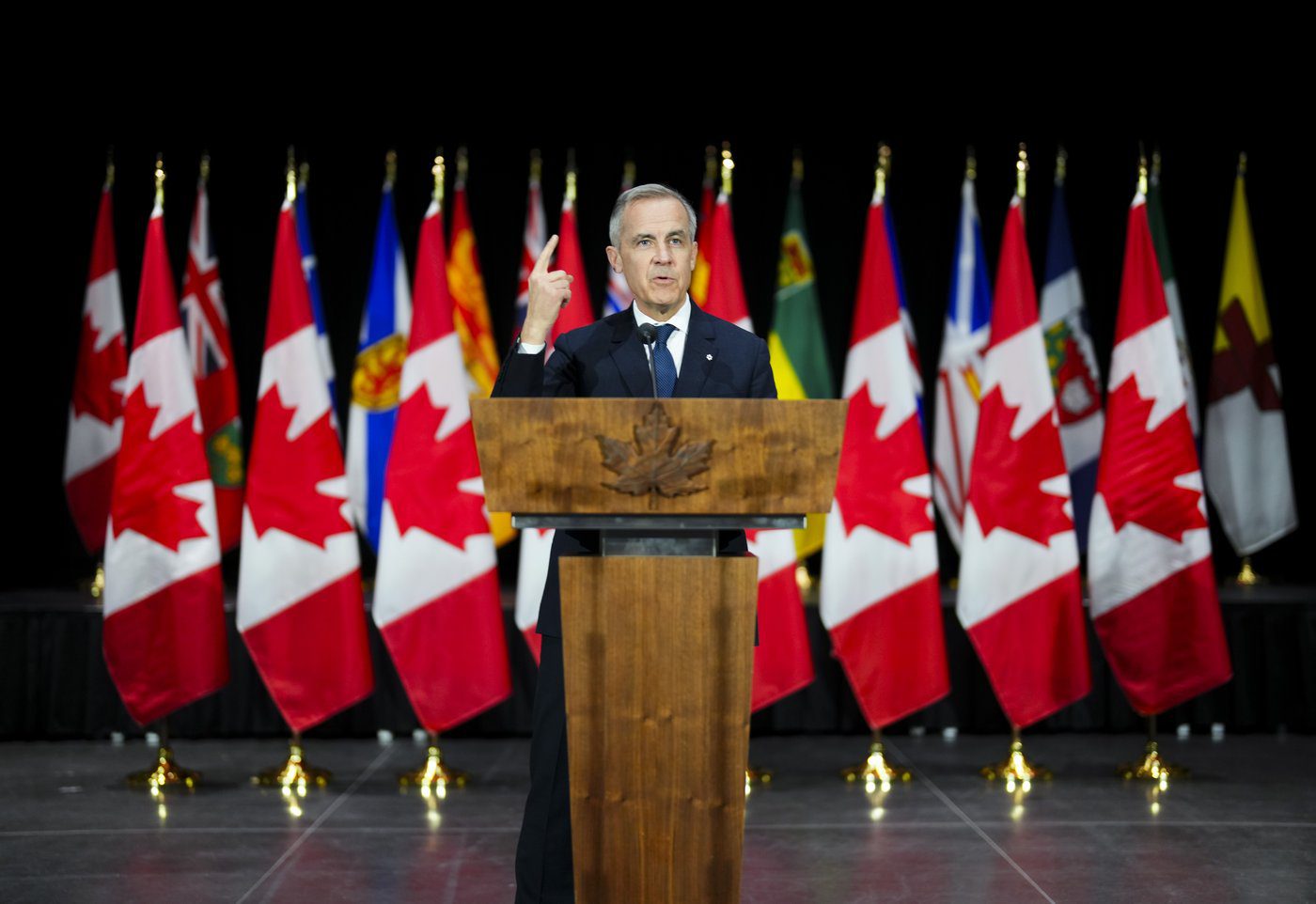Virginia lawmaker Jackie Glass said she got a “safety brief” when she joined the Legislature.
“I was told who not to go drink with, who not to be alone with and who to just watch out for,” she said on the Statehouse floor in 2024. Addressing the male House speaker, she said, “I don’t think you got that brief.”
The Democrat was discussing a pervasive culture of sexual misconduct in the Statehouse, something that remains despite the #MeToo movement hitting critical mass in 2017.
The movement toppled politicians, celebrities and others across the country. Allegations of harassment and misconduct, some from many years prior, came to light — highlighting a toxic culture where such behavior was perhaps as rampant and accepted as the silence that buried it.
Many state legislatures responded by adopting or enhancing policies against sexual misconduct. As the number of female state lawmakers reaches new heights, some say statehouses are less of a “boys’ club.”
But allegations continue to surface — at the state level and beyond.
In an interview with The Associated Press, Glass questioned why she would encourage women to join the legislative ranks when it feels little has changed.
“I just don’t know how we keep women — and well, quite frankly, people — safe when it feels like it goes hand in hand with the work,” she said.
12 dozen lawmakers accused in 8 years
Since 2017, The Associated Press has cataloged at least 147 state lawmakers across 44 states who have been accused of sexual harassment or sexual misconduct.
Over a third resigned or were expelled from office and roughly another third faced repercussions, such as losing party or committee leadership positions. A dozen top state executive officials, including governors and attorneys general, also faced sexual misconduct allegations during that time, and most resigned.
The total includes allegations of incidents in state government and outside of it. That includes Minnesota Republican state Sen. Justin Eichorn, who resigned on Thursday after being charged with soliciting a minor for prostitution. A federal defender said Thursday that Eichorn was still in the process of hiring a private lawyer.
Most allegations were reported in the first two years of #MeToo, but more have emerged every year since.
In 2024 alone, the AP tallied at least 14 state lawmakers from a dozen states who were accused — about twice as many as the previous year.
According to the National Women’s Defense League, which advocates for sexual harassment policies in statehouses and keeps its own count, Republicans and Democrats are nearly equally accused and 94% of those overall are men.
New policies and training, but not always transparency
An AP survey of the legislative chambers in each state, conducted from last November through January, found about half had updated their sexual harassment policies over the past five years.
The Nevada Legislature, for example, expanded its definition of sexual harassment to include “visual” conduct — such as derogatory photos or gestures.
And the Kentucky General Assembly added sexual harassment to its list of “ ethical misconduct,” taking action several years after revelations that four lawmakers had signed a secret sexual harassment settlement with a female employee.
Near the beginning of #MeToo, an AP survey found about a third of legislative chambers didn’t require lawmakers to take sexual harassment training.
Almost all state legislatures now offer it, though it’s not always mandatory and content, format and frequency vary.
Academic experts and women’s advocacy groups say frequent training is best — conducted in person and with real-life scenarios. While most chambers offer in-person training, only about one-third nationwide conduct training annually, according to AP’s survey.
Not every legislative chamber is transparent about its policies or efforts to mitigate sexual harassment and misconduct, though.
The Oklahoma Senate and both chambers of the West Virginia Legislature declined to provide their sexual harassment policies to the AP, asserting they are internal documents exempt from disclosure. The Mississippi Senate did not respond to requests for its written policy.
The Arkansas Senate is the only legislative chamber without a specific sexual harassment policy, but Senate legal counsel said it has an ethics code and the authority to discipline members.
Lawmakers in California created a body independent of the Legislature to investigate reports of sexual harassment with a call line. However, investigation findings are only released publicly if the complaint is found to be substantiated against a lawmaker or high-level staffer.
‘If that’s wh
at it takes to keep people acting right, that’s fine’
Lawmakers and others are divided about whether anything has changed — and if so, why.
Rep. Abby Major, a Pennsylvania Republican, says male colleagues have treated women better after recent sexual harassment scandals.
“I think maybe the men are afraid to do anything lest I am doing a press conference about them next,” Major said, referring to her disclosure that a fellow representative in 2022 propositioned her and followed her to her car. “If that’s what it takes to keep people acting right, then that’s fine. I’ll be the boogeyman.”
Michigan Democratic state Sen. Mallory McMorrow, who filed a sexual harassment complaint against Republican state Sen. Peter Lucido in 2020, said improvements have less to do with policy changes and more to do with the fact more women are in charge.
“By our very nature, we changed how the Legislature operates,” she said.
Lucido did not respond to requests for comment.
According to data kept by the Center for American Women and Politics at Rutgers University, the number of female state lawmakers saw the greatest rise in 2018 since the 1990s, largely driven by the success of Democratic women in that year’s midterms. Women now occupy 33% of all legislative seats nationwide, although representation by state varies.
Others still see sexism, especially in male-dominated, Republican-majority chambers.
“Sometimes it feels like we should just smile more and not be disruptive and not challenge anyone. That hasn’t gone away,” said Georgia state Rep. Shea Roberts, who resigned as Democratic Caucus treasurer to protest after the caucus leader was accused last year of sexually harassing a staffer.
Coming forward sometimes has other consequences
Even with updated sexual harassment policies and cultural shifts, the decision to report is fraught.
Misconduct reports may be handled by a third party or more commonly, by ethics committees or caucus leadership. Accusers often consider which leaders and parties are in power, according to the National Women’s Defense League.
“This is a political workplace and therefore harassment issues inside of the statehouse are inherently political,” said Emma Davidson Tribbs, the NWDL’s founding director.
Experts say a third party is crucial to ensuring a fair investigation and to encourage reporting.
Only about one-quarter of legislative chambers require external investigations when such complaints are made, according to AP’s survey. Dozens of others allow external investigations at the case-by-case discretion of legislative leaders.
Oregon’s Legislative Equity Office, which investigates complaints, found in its annual report released earlier this month that legislative staff reached out to the office more than any other group.
Oregon Democratic state Sen. Sara Gelser Blouin was one of two female lawmakers who filed complaints about unwanted touching by a fellow senator in 2017.
“I still remember the first time I turned on the radio and heard my name and people talking about my breasts or my thighs,” she told the AP. “It felt very, very invasive. And it made it a lot more clear to me why people don’t make their complaints or why they don’t come forward.”
Despite legal protections against retaliation, accusers’ reputations and careers often take a hit after coming forward.
Gabrielle Brock, then a communications staffer for Indiana Senate Democrats, was 23 when she and three other women accused then-Attorney General Curtis Hill, a Republican, of groping them at a 2018 party. Their accusations led to a misconduct hearing before the state Supreme Court and Hill’s law license was suspended for 30 days.
Hill, who denied the allegations, lost his 2020 reelection bid thereafter and ran unsuccessfully for governor in 2024.
Brock and the other women left their jobs in the Statehouse as a result.
“I felt like that story overshadowed any work that I was doing for the state, for my caucus at the time,” Brock said.
Brock had found a passion for working in government but says the Statehouse environment made it too uncomfortable a place to work.
“Every woman had a story of some kind of inappropriate interaction, primarily with an elected official,” she said.
The women dropped a lawsuit against Hill last December, saying through their attorney they felt the trial would bring no relief — monetary or otherwise.
When reached for comment, Hill called the original allegations “vague” and “thin.”
‘We’re blaming the wrong people’
Men still make up two-thirds of all state lawmakers in the U.S. and though #MeToo has primarily spotlighted women’s voices, some say the reckoning gave them the space to join women in discussing misconduct and to acknowledge more work is needed.
Republican state Rep. Mark Schreiber of Kansas, who joined the Legislature in 2017, said he saw a “boys will be boys” ethos when he started coming to the Statehouse decades ago as a utility company executive. That later gave way to acknowledging harassment — while still blaming women.
In more recent years, he said, men realized, “We’re blaming the wrong people,” and “We need to correct the behavior of these men.”
Advocates and lawmakers alike hope that improvements continue, saying hostile work environments remain pervasive enough to keep women from running for office.
“When men run for office, it’s about whether they can do the job,” said Erin Maye Quade, a Minnesota Democratic senator. “When women run for office, it’s about a lot more than that.”
Many question the overall progress of #MeToo, pointing to sexual misconduct allegations against several of President Donald Trump’s cabinet nominees and the president himself — many of whom have denied them.
“It sends a message of normalization about this kind of behavior,” said Debbie Walsh, director of the Center for American Women and Politics.
“I do think things are better than they were. I do think the MeToo movement had an impact,” she added. “But that momentum has to stay because it doesn’t just get fixed in a couple of years.”
___
Associated Press writers Claire Rush, Sophie Austin, Mark Scolforo, Jeff Amy, John Hanna, Steve Karnowski and AP writers covering statehouses around the U.S. contributed to this report.
___
The Associated Press’ women in the workforce and state government coverage receives financial support from Pivotal Ventures. The AP is solely responsible for all content. Find AP’s standards for working with philanthropies, a list of supporters and funded coverage areas at AP.org.
Isabella Volmert, David A. Lieb And Olivia Diaz, The Associated Press

















